PrefaceOn the back of Nikon’s comments that “No professionals use Fuji” and “Full frame is the trend”, I decided it was only appropriate to explore the difference between full frame and APSC, largely from an enthusiasts/amateurs perspective.
Despite what it may look like this is not intended as a click bait article but it will probably will be construed as one and result in the wrath of many full frame owners.
The problem is photographers get defensive when you tell them they don’t need something. Our egos tell us we are better than we are. That’s why we buy the best bicycles, golf clubs and everything else conceivable. We buy ultralight tour de france bicycles that will shave seconds off our ride to work for no apparent reason at all.
This article is not intended to be an APSC vs Full Frame argument from the perspective of trying to prove that APSC is better than Full Frame. The question isn’t whether, it’s better, it’s whether it’s “good enough” to make a difference to you. I can’t make that call, only you can.
We could argue Medium Format has better image quality than Full Frame which has better image quality than APSC. If that was the case, why isn’t every photographer using medium format? The truth is when looking at Medium Format vs Full Frame vs APSC, the argument of “what is better” comes down to a number of different requirements including purpose, size and budget. A DSLR isn’t much help if you are hiking 90km’s with a 40kg backpack and a medium format doesn’t help you much if you are shooting sports. In the absence of budget, one could argue that having all 3 would be the ideal outcome, but very few people live in an environment where budget is not a constraint.
Before the arguments start, what I would like to make clear is that:
It is an article to show what the real gap is between full frame and APSC.
It is intended to show that the argument that APSC is amateur only is one that is only dictated by some manufacturer. APSC is and has been pro ready for a long time.
It’s intended to show that full frame is no longer the required long-term progression that it once was.
It is intended to show that only a handful of “non-professional” photographers actually “need” full frame.
It is intended to show that many professional photographers don’t actually need full frame either.
I could argue that there are already professionals using the system, but I think Nikon should spend less time talking about products they haven’t made yet and more time looking at what others are doing.

The whole APSC vs Full Frame debate can get fairly heated. I’ve seen more than a fair share of topics shut down on forums as a result. A lot of the discussions between APSC and Full Frame tend to stem from a mirrorless vs DSLR debate where the story goes a little like this:
The mirrorless vs DSLR debate starts on a random forum in a galaxy far far away
Both sides go through various arguments that I won’t bother repeating because they are largely pointless and repetitive.
Eventually the argument of camera size will come up, whereupon the DSLR fans state that mirrorless isn’t that small because glass is the same size if they both full frame.
Someone comments that many mirrorless systems offer professional outcomes with APSC and then vast majority of full frame users spend the next 500,000 posts coming up with every conceivable reason why they and every other photographer on the planet needs full frame and why none of them could ever live without full frame.
Sound familiar?
Now, in their defence they might feel they “need” all of that, but I believe in most cases, that need is based on a false perception. You “need” a car to get to work if there is no public transport. You may even need it to be reliable or have good fuel consumption. You don’t need a Ferrari or a BMW X5, you want one. There is nothing wrong with wanting one, or buying one, but don’t pretend that it’s a minimum requirement to drive to work.
There are many professional photographers who are not constrained by APSC. They are better than me, better than most full frame users, and better than 95% of the users on forums who feel that APSC is such a hindrance that they could not survive in a world of only APSC. I don’t believe what these good APSC photographers are doing is magical. They aren’t gods. They ARE extremely talented, but I also believe that if these talented photographers have reached this point without being constrained by APSC, there are very few people these days who can honestly claim they are actually “constrained” by APSC. APSC image quality today is well beyond the image quality of previously generation full frame cameras and professionals of that time weren’t constrained. Many current professional photographers do not upgrade model after model, they wait for their current models to stop working because the simple reality is that cameras have now reached a point where it’s more likely your skill will constrain you than the camera will. I cannot count the amount of times I have asked someone who insists that APSC is too limiting to show me a photo they took that could not have been taken on an APSC camera. In most cases, I get zero responses. I have yet to see any valid responses and I suspect the only examples they could produce is something like a 105 f/1.4 which most photographers don’t own.
Of course, that doesn’t stop these anally retentive IQ hunters spend hours examining their images at 100% and making sure they have the sharpest possible camera and lens combinations, without realising that there is a limit to what you need to create a good photo. Very few photos are blown up to a size where IQ difference between APSC or Full Frame becomes relevant. When was the last time you actually printed an A0 sized photo? We post to social media, we display our photos on websites, we print them out smaller than an A4 page. We’d like to think we are good enough to have billboards spouting our photos all over the place but most of us aren’t. No one is arguing that every user should go out and buy a $200 kit lens, but in the quest for what is good enough, not every photographer “needs” $7000 sharpness of a top of the range Zeiss to create really great photos.
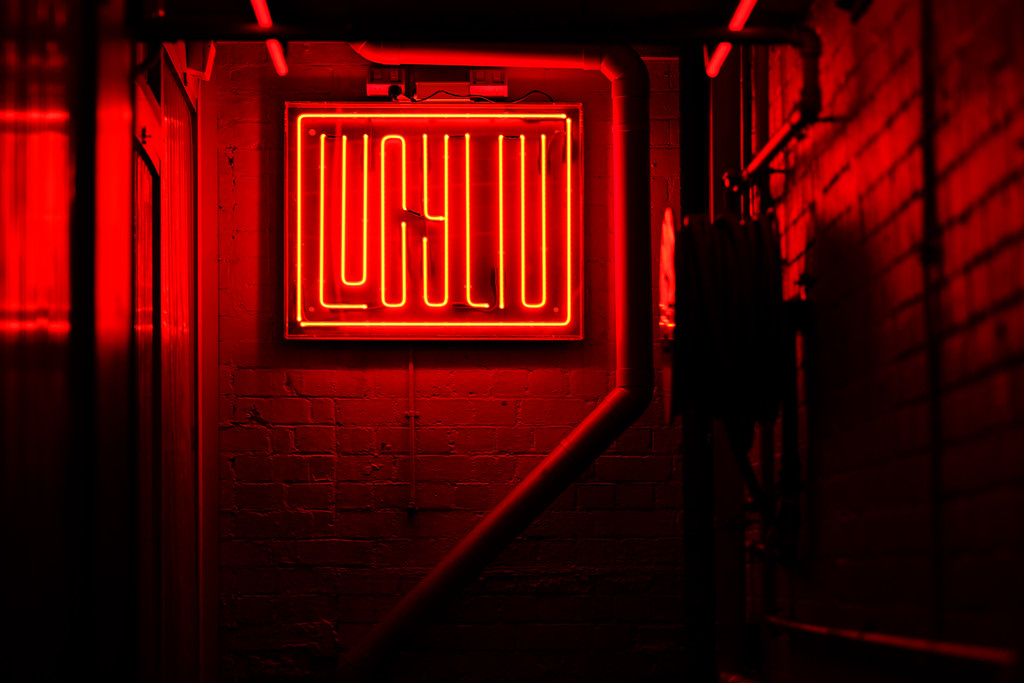 The history
The historyI blame the current need to move to full frame on the propaganda machine from big DSLR manufacturers. Thanks to them, we’ve grown up our entire (digital) lives believing that good photographers “need” full frame cameras and only amateurs use APSC. It might have been valid at some point in history, but they’ve done a good enough job to keep the propaganda machine driving perception to where it is today, and sadly for them, the market is moving whilst they stay stagnant. This approach is reflected in their glass and their bodies. As a general rule, all the APSC glass is cheaper non-professional glass and all the more expensive glass is full frame. Yes, you can use the full frame glass on APSC, an argument we hear time and time again, but the cost of using full frame glass on an APSC camera means that you are paying for something you don’t fully benefit from, and in many cases, the focal lengths are all wrong. You have a 105-300mm equivalent on APSC instead of a 70-200mm equivalent.
Low lightAs it stands right now, I would estimate the “real” difference between comparably priced camera sensors is about 0.5 to 1.5 stops at any given point in time. Depending on the age of the camera and the purpose of the sensor this may be different, and it may change as new sensors come out. Fortunately someone has already provided the facilities to do some comparisons so I pulled off some examples to show the differences. To make a fair comparison, I have pulled off two images from the same manufacturer because it removes the issue (or argument) of ISO measurements used, sensor noise reduction etc.
The following is a comparison using the comparison tool at DPreview (
https://www.dpreview.com/reviews/nikon-d500/7) showing one stop difference between the sensors. Feel that it’s unfair because the D500 is newer? Try the D7200 and you’ll find there isn’t much difference.
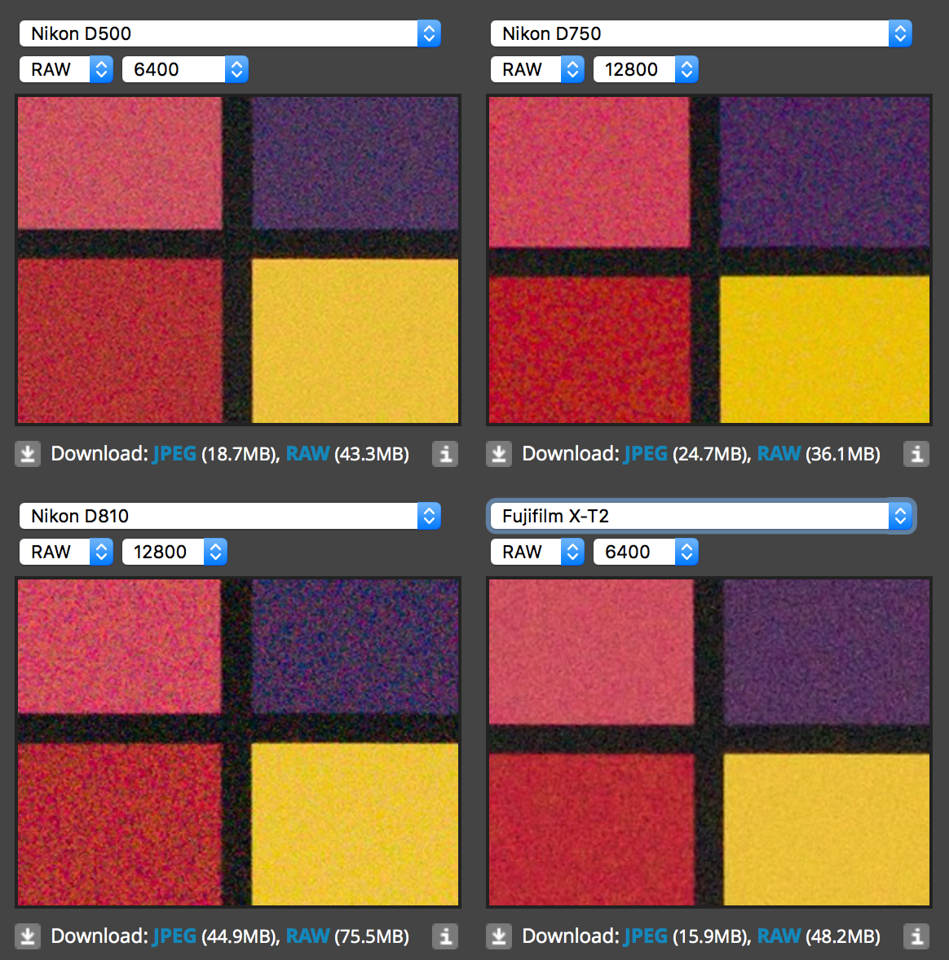
If you start moving to the high end DSLRS like the 1D and D5, that may improve, but I think that has more to do with the amount invested in the sensor development than the sensor size. I.e. By nature of the amount invested in the sensor development and the cost of the sensor, the sensor found in a $7000 full frame should be far better than one found in a $2000 APSC camera and the only fair comparison would be to compare a $7000 full frame with a $7000 APSC, if one existed.
Given there are a multitude of professional photographers who feel they don’t need to upgrade the moment a new camera comes out, and the multitude of amateurs who feel they do, I would argue very few photographers “need” 1.5 stops, most of which reside in the extreme sections of professional camp. We want it, we would like it, but we don’t need it. It’s not the showstopper people make it out to be because we aren’t printing A0 prints at ISO12800. What I also believe is that low light capability steers amateurs away from the things they should be learning to make themselves better photographers.
I’ve only seen a handful of really spectacular photos shot at ISO12,800 where an APSC sensor might have been a problem, but I have seen many photographs shot with off camera flash that look spectacular in environments where ISO12800 would have looked terrible. This is because shooting at f/5.6 or f8 which results in much sharper photos, catch lights in the eyes and you can make the backgrounds look far less distracting by taking them out of the equation completely. Rather than focussing on 1 stop of low light and spending an extra $2000 on glass, you’d probably be better off getting a decent strobe and softbox and learning to shoot with lights.
 DOF (Depth of Field)
DOF (Depth of Field)This is one that comes up time and time again. I need shallow DOF, DOF is critical, if I don’t have DOF I’m going to die, the solution to world peace is about shallow camera DOF. So, yes, I get that they need DOF. But do they need more DOF than offered in APSC currently? And more so, how many of these photographers actually know how to use DOF correctly? And not just opening the aperture up and shoot everything wide open, like someone who just bought a new 1.4 portrait lens and spends the first week shooting everything at 1.4? How often do you see someone who uses a 70-200 where you’d be mistake for thinking their camera doesn’t actually have an aperture smaller than f/2.8. The only time it goes smaller is where they suddenly find themselves at a point where the camera is over exposing on a bright day because the shutter can’t go high enough? “Wow. My camera has f4. I better use it.”
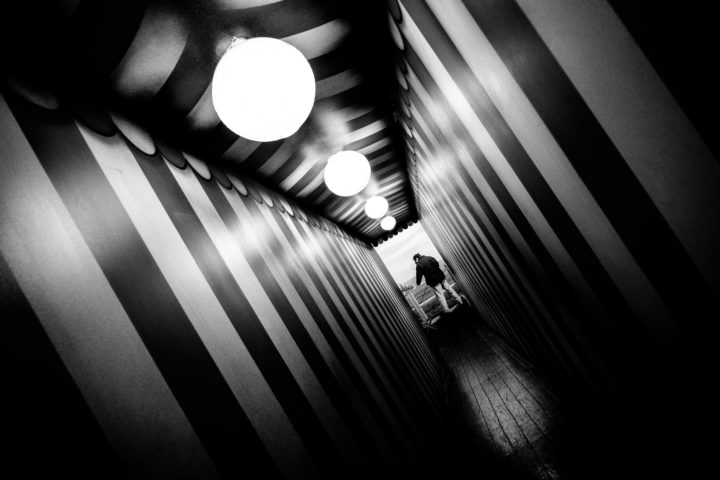
I’ve seen incredible photos shot at f/1.4 and f/2.8 by some very good photographers. I’ve seen beautiful shots looking down orchards with a shallow DOF on a Nikon 105 f/1.4, and I have no doubt that there are a lot of photographers that do legitimately need and know how to use shallow DOF, but they are minority that exist in the professional ranks rather than the majority. The rest lug around 70-200 f/2.8’s and 85 f/1.4’s hoping it’s somehow going to make them a better photographer so they can impress people at family events or with their cat photos on Facebook. Let’s be realistic: The opportunity to take photos down an line of trees with a strobe, child or a beautiful model at the perfect time of day and with a beautiful sunset and 3 profoto strobes are fairly limited. People would like to believe they have those, but the amount of times they actually get to do them would be close on zero.
The second issue is whether you need wide open apertures on a zoom permanently. There are two reasons to shoot at f/2.8 zoom, low light and DOF, and I suspect the majority of people are using it for light rather than DOF. Does your 70-200 zoom need to be shot at f/2.8 permanently for shallow DOF through the entire range? Not likely, it creates an environment where you photos become boring and repetitive because they have the same look. You’re missing out on the sharpest part of your lens. In most cases a good prime will be better quality, sharper and provide less distortion than a zoom so whilst the 70-200 might be convenient, it’s not the best and a good prime will often do a better job.
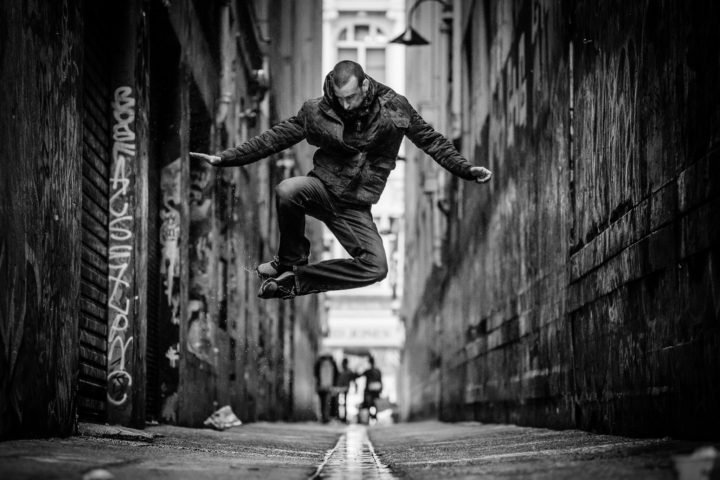
Aside from what I have mentioned, you also have the clan who “need” full frame for shallow DOF, but can’t actually afford to buy decent lenses so they buy a full frame, and load it up with 70-200 f/4’s and 24-120 f/4’s? This is very little value for you to be there other than future proofing (which is a legacy of the marketing of the DSLR maufacturers), but ultimately more than half of the buyers never end up buying the expensive stuff because it continues to be outside of their budget.
Now, before you complain, if you’re a professional photographer, be wedding, portrait or whatever speciality you do, I get that you really do need shallow DOF and I get that you know how to use DOF. I’m not complaining about the pros who want and know how to use it, but I will say I also know of incredible wedding and portrait photographers who use only primes. What I don’t get is how amateurs feel they need it when they don’t know how to use it.
There is also a negative to DOF that people format about. If you are shooting in low light with a full frame, using too wide an aperture can also have a negative effect, the DOF can be too shallow and you can’t shoot at a narrow aperture because the light doesn’t allow for it.
FOV (Field of view)Field of view is not a problem with APSC, the manufacturers are. What I mean by this is good APSC wide angle lenses exist, and correct zoom ranges exist, the issue is that some manufacturers have chosen to demarcate APSC as amateur, and in doing so they have also imposed restrictions on APSC glass.
IQ (Image Quality)IQ is an interesting one, because in theory Medium Format is better than Full Frame is better than APSC. I say in theory, because IQ comes at a cost, and I don’t believe it’s a cost that everyone can afford if they knew the real cost. It’s also a question of why this level of IQ is important and where the limit of suitable IQ is. It’s a little like comparing an $2000 APSC camera to a to a $15,000 MF camera. If you want to compare apples with apples, you have to at least work with some constraints, namely cost because inevitably, budget is not an open constraint for most people.
For example, if you compare a X-T2 with a 16-55 to a D750 and a 24-70 f/2.8, the D750 will win on IQ. Will you notice on a picture blown up to smaller than A1, probably not. But even so, that isn’t exactly a fair comparison, because the Nikon 24-70 is nearly twice the price of the Fuji 16-55, so if you do a closer comparison of the D750 with a 24-120 which is comparatively priced, the Fuji is likely to be close or on a par:
The sharpness of a pro APSC lens is likely to be better than the sharpness of a semi-pro full frame lens.
The f4 on the 24-120 means you have lost you one stop of light advantage you had over the APSC camera so that isn’t relevant.
The DOF is exactly the same.
The construction on a premium APSC lens is likely to be better than a semi-pro full frame lens, because it’s premium vs non-premium and APSC has a lower cost to manufacture, along with potentially losing other valuable attributes like weather sealing.
If you took the best of both worlds, the full frame would win, but then you could also need to consider that every time you increase the budget, the APSC would allow for an additional lens. I.e. For the cost of an a 70-200, you could have the 50-140 and a prime like a 56 f/1.2 or 90 f/2. If you factor in the 24-70, you could have a 16-55 and a 10-24 so you could buy the trifecta and a good portrait prime for the cost of the 24-70 and 70-200 and have a range from 15-200 covered with pro glass. Add the cost of the 14-24 and sudden you can add the trinity of Fujicrons (23/35/50) along with a macro and have some change left over. Cost is always a factor and the question for most people is where does the compromise sit? Now that may seem like a simple question of “get the best that you can afford” but sometimes the answer is not that simple. The question you also have to ask is “Will the GFX allow you to take better photos than you could with Full Frame or APSC” and for most photographers, I would say the answer is no.
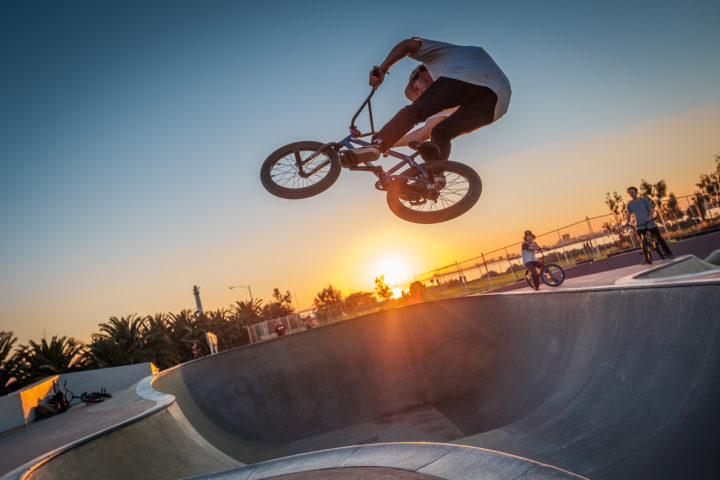
The next thing you have to consider is whether you will actually see the difference. Are you worrying about IQ for the sake of it, it will it realistically impact your photos if you took the same photo at the same focal length? I challenge someone to show me two photos where you can see the IQ difference when printed to a reasonable size. Yes, you can see the difference between cheap glass and pro glass, but pro APSC vs pro Full Frame is a different story. If you printed two images to an A4 size, would you actually be able to see the difference? Even if you print to A0, it’s still unlikely you would see the difference unless you walked up close which is hardly the way people view images. I have photos printed on my wall from my D50. It had dismal image quality by today’s standards and do you know how many people have walked up and said “Great photo, but it’s a pity that it’s a little too noisy”? Absolutely none, because a great photo is a great photo. The only people who look at a good photograph and examine image quality are other photographers.
SummaryI’ve tried to cover everything I can so if I missed anything, feel free to let me know. I’ve come from full frame and shifted to APSC. I can’t see any difference in my photos. Maybe I wasn’t good enough to make full frame look good.
What is the real difference as I see it? To do that you have to ask yourself a couple of questions:
Can I afford the cost of good ($2,000+) full frame glass and am I prepared to pay that on an ongoing basis? If you can’t, or you are buying f4 lenses, you’re wasting your time on full frame. You would have better quality glass with better image outcomes with APSC.
Is 1-1.5 stops of light worth double the price of my lenses? I.e. if you want to spend $5,000 on camera gear, would you spend $10,000 for an extra stop and a half (worst case) of low light? If not, you would be better off with APSC.
Do you need paper thin DOF on an entire zoom range and is it worth paying double the price rather than using a prime for the odd occasion you need shallower DOF? Again, consider the comparison of 2 lenses vs 4, or 4 lenses vs 8.
Do you actually know how to take advantage of the DOF of your full frame lenses? I can’t answer that question but this is one where you probably need to leave your ego at home and think realistically?
And finally, probably the hardest question to ask is whether your gear really the limiting factor to your photography? Or whether the difference between full frame and APSC would be better invested in some photography workshops.